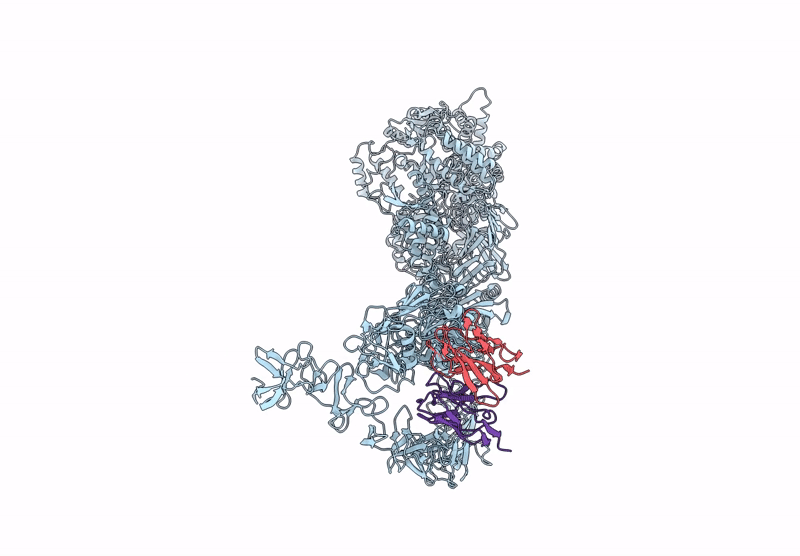
Deposition Date
2025-01-17
Release Date
2025-07-09
Last Version Date
2025-10-29
Entry Detail
PDB ID:
9MX1
Keywords:
Title:
Clostridioides difficile Toxin A with mCDIFA-248-25 Fab
Biological Source:
Source Organism:
Clostridioides difficile (Taxon ID: 1496)
Mus musculus (Taxon ID: 10090)
Mus musculus (Taxon ID: 10090)
Host Organism:
Method Details:
Experimental Method:
Resolution:
3.20 Å
Aggregation State:
PARTICLE
Reconstruction Method:
SINGLE PARTICLE


